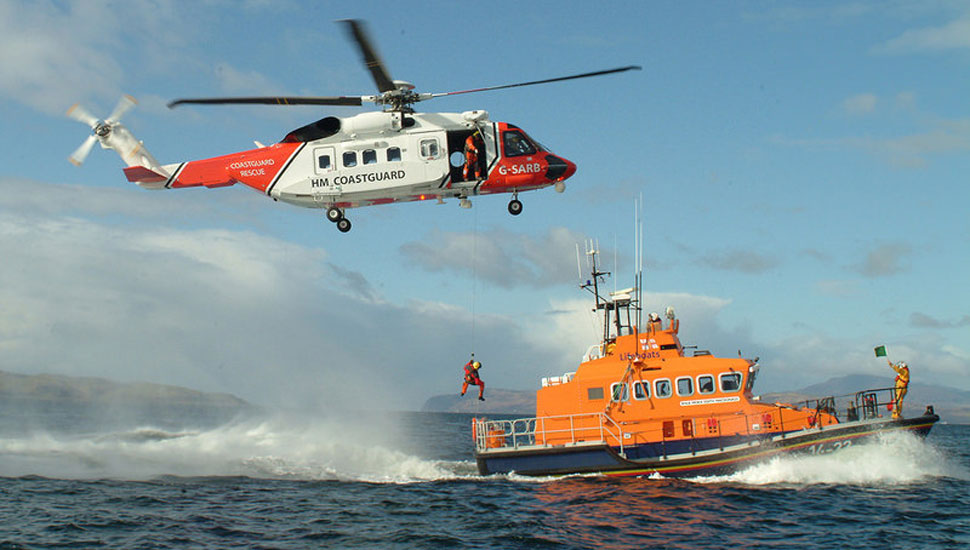Sikorsky is optimistic about the prospects of its new S-92B variant in Asia-Pacific, and is also engaging the region with its urban mobility ideas.
The company kept the S-92B under tight wraps prior to its launch at HAI Heli-Expo in Atlanta last month, so discussions with Asia-Pacific customers are still at an early stage, says Christoph Nurit, who heads sales for Sikorsky in Asia-Pacific.

Sikorsky-S-92 winch
Lockheed Martin
“The last few weeks we received lots of very good feedback,” he says. “People are very happy that we're making it official what we're doing on the S-92.”
The upgrades are also be available as a retrofit package, raising in-service helicopters to an A+ designation.
Key updates include optional GE Aviation CT7-8A6 engines, an improved gearbox, larger windows and doors to enable multiple missions, and "phase one" of its Matrix autonomy technology, including the 2.0 iteration of its Rig Approach system and a new facility called SuperSearch.
“There is definitely a will from the company to show our commitment to the product,” adds Nurit.
“As the commercial industry is still in a slowdown, we want to reassure the market. As we’ve become more a part of Lockheed Martin, some will talk about us being more of a defence company than a commercial company. This is a way to say we're still in civilian products and we're still going to make them greater than they are today.”
Cirium’s Fleets Analyzer shows that there are 48 S-92As in service in the Asia-Pacific region, with five in storage. The average age of the fleet is 7.5 years.
Nurit spoke with FlightGlobal at the company’s stand at the Rotorcraft Asia gathering in Singapore. The company is also using the event to showcase its efforts in the urban mobility segment, where it is working with Otis Elevator Company and The Spaceship Company on technologies for air taxis.
He says that Sikorsky is not so much focused in developing an air taxi vehicle per se, but developing the technology that empowers the concept, using its experiences and those of Lockheed Martin. Intellectual property related to safe, reliable autonomous vehicles can potentially be rolled out to the broader industry.
Sikorsky has done extensive work with automation in the cockpit, as exemplified by its SARA (Sikorsky Autonomous Research Aircraft) initiative that it developed with the Defense Advanced Research Projects Agency (DARPA).
In November 2018, US Army pilots test flew SARA, an autonomous S-76B, the first time a non-Sikorsky pilot operated the aircraft.
Source: FlightGlobal.com






















